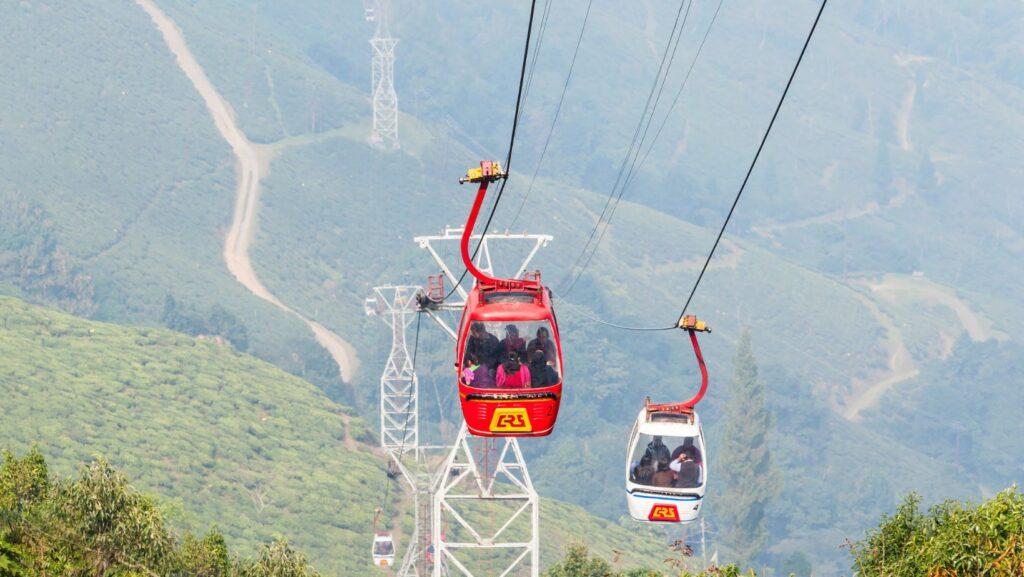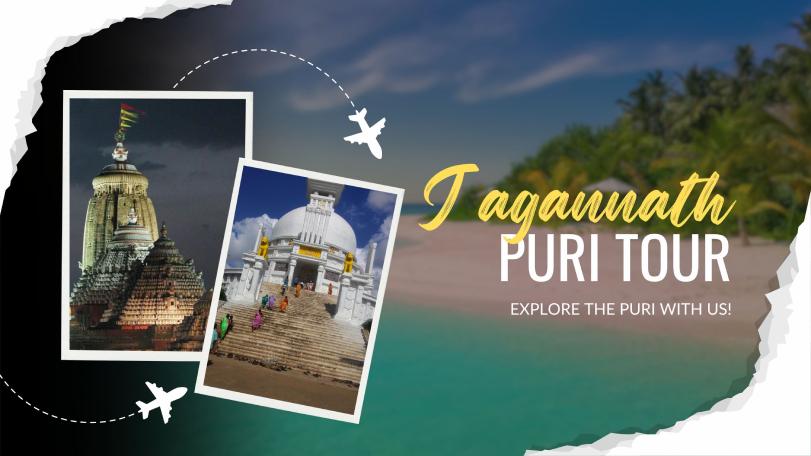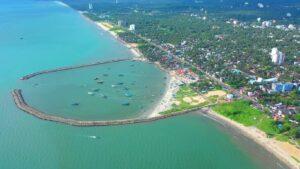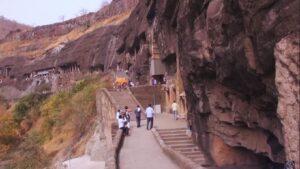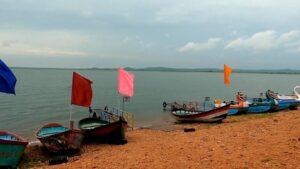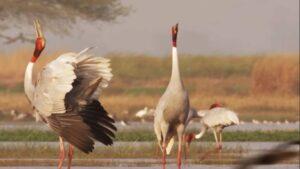Sikkim and Darjeeling are two of the most beautiful and popular destinations in the Himalayan region of India. They offer a unique combination of natural beauty, cultural diversity, and adventure activities that make them ideal for travelers who want to experience the best of the Himalayas.
We will give you some of the reasons why you should visit Sikkim and Darjeeling, and how to plan your trip. Read on and get ready to explore these amazing places!
The Reasons Why You Should Visit Sikkim and Darjeeling
They offer a unique combination of natural beauty, cultural diversity, and adventure activities that make them ideal for travelers who want to experience the best of the Himalayas. The reasons why you should visit Sikkim and Darjeeling:
Breathtaking Scenery: Sikkim and Darjeeling are blessed with some of the most stunning landscapes in the world, ranging from snow-capped mountains, lush valleys, sparkling lakes, cascading waterfalls, and colorful flowers. Enjoy the panoramic views of the Himalayan peaks, including the majestic Kanchenjunga, the third-highest mountain in the world.
Diverse Culture: Sikkim and Darjeeling are known for their cultural diversity and harmony, as they have a mix of different ethnic groups, religions, languages, and traditions. Witness the vibrant culture of the local people, who are mainly Nepali, Tibetan, Bhutia, Lepcha, and Bengali. Also visit the various monasteries, temples, churches, and mosques that reflect the spiritual heritage of the region.
Best Places to Enjoy the Scenery in Sikkim and Darjeeling
Tsomgo Lake
- This is a glacial lake located at an altitude of 3,780 meters (12,400 feet) in Sikkim. It is also known as Changu Lake or Tsongmo Lake.
- It is one of the most sacred lakes for the Buddhists and Hindus in Sikkim. The lake is surrounded by snow-capped mountains and has a variety of flora and fauna around it.
- See yaks grazing on its banks or take a ride on them. The lake changes color with every season, from blue to green to red. The best time to visit Tsomgo Lake is from May to August or from October to January.
Tiger Hill
- This is a hill located at an altitude of 2,590 meters (8,500 feet) in Darjeeling. It is famous for its sunrise view over the Himalayan range.
- See the first rays of sun hitting the peaks of Kanchenjunga, Everest, Makalu, Lhotse, and other mountains. The sight is so spectacular that it attracts thousands of tourists every year.
- The town of Darjeeling below and the plains of Bengal beyond. The best time to visit Tiger Hill is from October to March.
Yumthang Valley
- This is a valley located at an altitude of 3,564 meters (11,693 feet) in North Sikkim. It is also known as the Valley of Flowers, as it has over 24 species of rhododendrons and other flowers that bloom in spring.
- The valley is also home to the Shingba Rhododendron Sanctuary, which has a rich diversity of flora and fauna. You can also see the Yumthang River flowing through the valley and the hot springs nearby. The best time to visit Yumthang Valley is from March to May.
Awe-Inspiring Sights
Sikkim and Darjeeling are blessed with some of the most awe-inspiring sights in the world, such as the sunrise over Kanchenjunga, the third highest mountain in the world; the valley of flowers at Yumthang Valley; and the stone chariot of Konark Sun Temple. These sights will leave you speechless and amazed by the beauty and wonder of nature and human creativity.
Diverse Culture
- Another reason to visit Sikkim and Darjeeling is their diverse culture which reflects the influence of various ethnic groups, religions, languages, and traditions. Sikkim and Darjeeling have a history of being part of different kingdoms and empires, such as Sikkim, Tibet, Nepal, Bhutan, and British India.
- As a result, they have developed a unique and harmonious blend of cultures that can be seen in their art, architecture, music, dance, cuisine, and festivals.
Best Places to Experience the Culture in Sikkim and Darjeeling
Rumtek Monastery
This is one of the largest and most important Buddhist monasteries in Sikkim. It is also known as the Dharma Chakra Centre or the Dharmachakra Monastery. It is located on a hill overlooking Gangtok, the capital of Sikkim. It was built in the 16th century by the ninth Karmapa Lama, but it was rebuilt in the 1960s by the 16th Karmapa Lama after he fled from Tibet.
The monastery belongs to the Kagyu sect of Tibetan Buddhism and houses many sacred relics, scriptures, statues, and paintings. The monks perform prayers, rituals, and ceremonies in the monastery. The best time to visit Rumtek Monastery is from March to June or from September to December.
Ghoom Monastery
This is one of the oldest and most famous Buddhist monasteries in Darjeeling. It is also known as the Yiga Choeling Monastery or the Old Ghoom Monastery.
It is located on a hill near Ghoom railway station, about 8 km (5 miles) from Darjeeling town. It was built in 1850 by a Mongolian monk named Sokpo Sherab Gyatso.
The monastery belongs to the Gelug sect of Tibetan Buddhism and houses a 15-foot-high statue of Maitreya Buddha, the future Buddha. Many ancient manuscripts, thangkas, and images of other Buddhas in the monastery. The best time to visit Ghoom Monastery is from October to March.
Namgyal Institute of Tibetology
This is a museum and research center dedicated to Tibetan culture and Buddhism in Gangtok, Sikkim. It was established in 1958 by the late Chogyal (king) Palden Thondup Namgyal and his wife Hope Cooke.
The institute has a collection of over 200 Buddhist icons, 30,000 volumes of books, manuscripts, paintings, coins, statues, and other artifacts related to Tibet and Buddhism.
The world’s largest collection of Tibetan works outside Tibet in the institute. The institute also organizes lectures, seminars, exhibitions, and publications on Tibetan culture and Buddhism. The best time to visit the Namgyal Institute of Tibetology is from March to June or from September to December.
Adventure Activities in Sikkim and Darjeeling
Sikkim and Darjeeling are perfect for adventure lovers, as they offer a wide range of activities that will thrill your senses and challenge your skills. Try trekking, mountaineering, rafting, kayaking, paragliding, mountain biking, zip-lining, and more.
Goecha La Trek
This is one of the most challenging and rewarding treks in Sikkim, as it takes you to the base camp of Kanchenjunga, the third-highest mountain in the world. The trek is about 90 km (56 miles) long and takes about 10 days to complete.
The trek passes through dense forests, alpine meadows, glacial lakes, and rocky terrains. You can also see many peaks, such as Pandim, Kabru, and Rathong, along the way. The best time to do the Goecha La Trek is from April to June or from September to November.
Teesta River Rafting
This is one of the most thrilling and fun activities in Darjeeling, as it lets you experience the rapids and currents of the Teesta River, which is one of the major rivers in the Himalayas.
The rafting is suitable for both beginners and experts, as it has different grades of difficulty. You can also enjoy the scenic views of the hills, valleys, and villages along the river. The best time to do the Teesta River Rafting is from October to April.
Paragliding in Gangtok
This is one of the most exciting and adventurous activities in Sikkim, as it allows you to fly like a bird over the Himalayan landscape.
Take off from a hilltop near Gangtok and glide over the city, the valley, and the mountains. You can also see the Kanchenjunga peak from the sky. Choose from solo or tandem flights, depending on your skill and preference. The best time to do Paragliding in Gangtok is from March to June or from September to December.
What is the best time to visit Sikkim and Darjeeling?
The best time to visit is during spring (March to May) and autumn (September to November) for pleasant weather.
What are the must-visit places in Sikkim and Darjeeling?
Must-visit places include Gangtok, Tsomgo Lake, Darjeeling Tea Gardens, and Tiger Hill for sunrise views.
How do I reach Sikkim and Darjeeling?
To reach by air via Bagdogra Airport (IXB) in West Bengal or by train to New Jalpaiguri (NJP) railway station, followed by a road journey.
What is the significance of Rumtek Monastery in Sikkim?
Rumtek Monastery is a major Tibetan Buddhist monastery and the seat of the Kagyu sect’s Gyalwang Karmapa.
Is it possible to visit Nathu La Pass from Gangtok?
Yes, you can visit Nathu La Pass, which is a high-altitude mountain pass on the India-China border, with proper permits.
What cultural festivals are celebrated in Sikkim and Darjeeling?
Sikkim celebrates Losar, Dashain, and Tihar, while Darjeeling hosts the colorful Dashain and Tihar festivals.
Is there any specific cuisine to try in Sikkim and Darjeeling?
Don’t miss trying momos (dumplings), thukpa (noodle soup), and traditional Sikkimese dishes like Phagshapa and Gundruk.
Sikkim and Darjeeling are two of the most amazing places to visit in India, especially if you love nature, culture, and adventure. They have something for everyone, whether you are looking for a relaxing getaway or an exhilarating trip. They will not only satisfy your wanderlust but also enrich your mind and soul.
Plan your trip to Sikkim and Darjeeling today and experience the Himalayan beauty and adventure!
